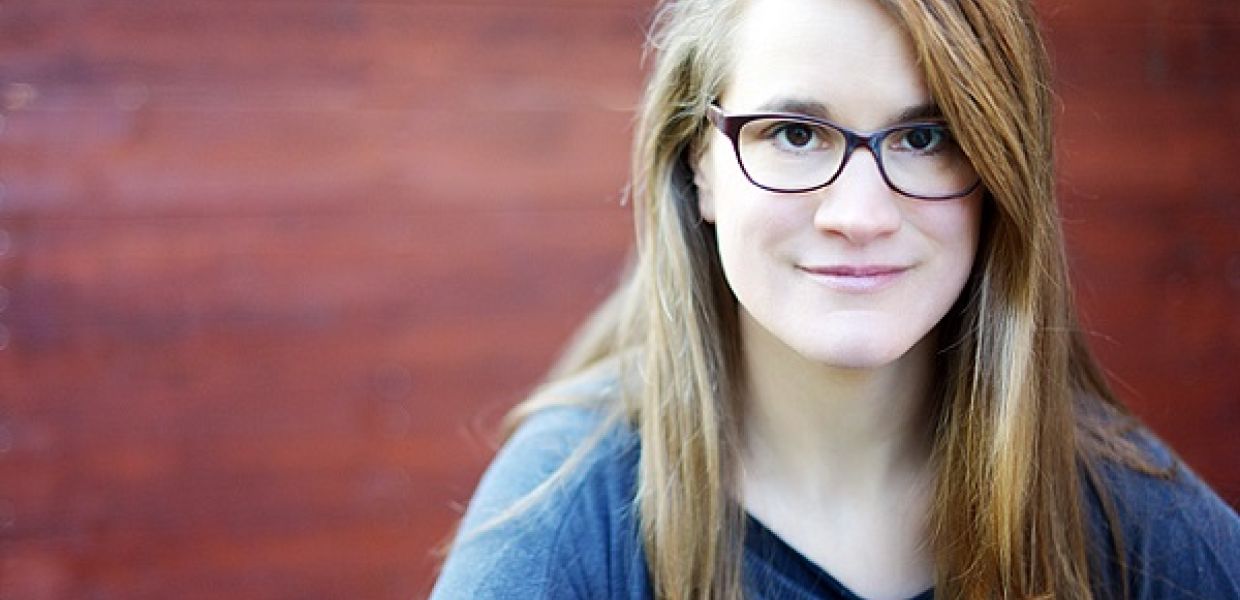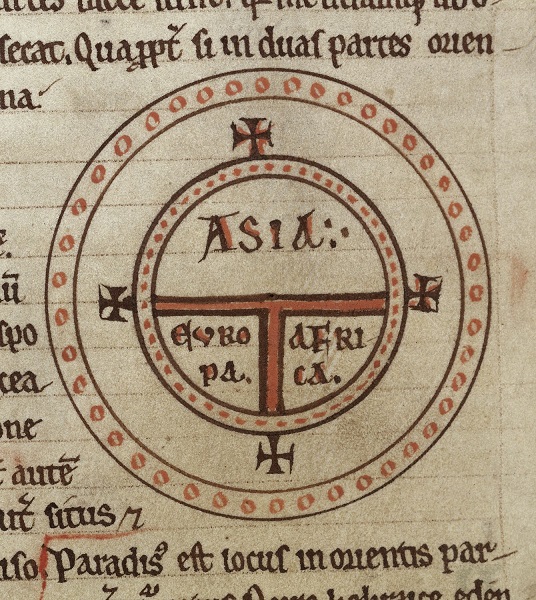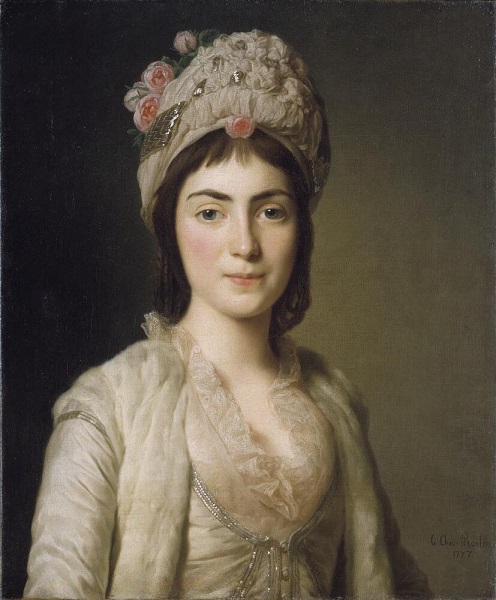Meet the Members Council: Karin Glasemann
Encyclopedias have always fascinated me, because of the idea that humanity simply wouldn’t give up on collecting “everything the world knows about tulips”, “ancient Greece”, or even “our digitised cultural heritage”.

These projects show an unbeatable trust in the idea that collaboration across borders and generations - such as Europeana - will succeed, and that makes me happy. Isn’t it a bit of miracle that we have not given up on encyclopedias?
When I started using Museum Documentation Software ten years ago, I was both overwhelmed by the possibilities digital documentation offered, and struck by the thought that it could never come to an end. But we kept on going, and today, most museums have their own impressive digital encyclopedias – even if most of us tend to focus on the mountains of items that are not yet documented, let alone digitised...

Map from BL Royal 12 F IV, f. 135v | Remigius of Auxerre; Isidore of Seville, The British Library, public domain. “The first encyclopedia I spent time with as historian”
Professionally, I did not work with Europeana until 2012, when I joined the Nationalmuseum, Sweden's largest museum of fine art and design. Being in charge for our delivery to Europeana, and secretly obsessed with organising information, I spend a lot of time working with the Europeana Data Model and I am excited to see that a lot of possibilities for enrichment and linked data have become reality in the Europeana portal - even if it sometimes feels far from being perfect.
I am not an art historian, but I can spend hours browsing through the digitised collection – and I am firmly convinced that engaging with art digitally will make you more interested in the original! Due to renovation works, Nationalmuseum has been closed to the public since 2013, and won’t reopen before 2018. Naturally, we have been exploring digital ways to show the museum’s marvelous collection to the public. Well, actually... not so much. The museum was preoccupied with documenting the collection out of the main building, and displaying parts of it on Europeana was more a positive side-effect than a sharply defined goal. However, the collaborative network and the particular interest that Europeana users were showing for our materials have actively changed things .
As part of the members council, I want to raise awareness about the benefits organisations get from participating in Europeana. I believe that the thresholds for contributing data look a lot more ambitious than they actually are. Smaller institutions, in particular, often back down as they fear it would only bind up more resources without immediate benefit.

Zoie Ghika, Moldavian Princess | Alexander Roslin, Nationalmuseum, Sweden, public domain. “One of the paintings I look forward to seeing live again when Nationalmuseum reopens”
Our experience, though, was different. We learned a lot about standards and emerging technologies that we could not have focused on ourselves. But more importantly, Europeana has become a strong network which enables us to communicate our material and to engage with the public. Through Europeana, the digitised collections we hold reached a lot more people than our own audience. Collaborative campaigns like Europeana280 and Europeana 1914-1918 set aside potential rivalry between museums and focused beautifully on our common goal – providing access to knowledge, resources, art and understanding.
Ever since we started delivering data to Europeana, the question of open access and reuse was central for our institution: I am happy to say that Nationalmuseum has now taken clear position in favour of open access. I understand institutions can feel they are not able to take that step (yet). However, if we believe Europeana should not be an impersonal display of the past, but relevant material that we want the public to engage with, opening up our collections as much as legally possible is the only way to go.
Why do we start encyclopedic projects for, if not to use them as much as possible? I will gladly share my experiences with anyone discussing these issues at their home organizations, and hope to hear from you soon.

